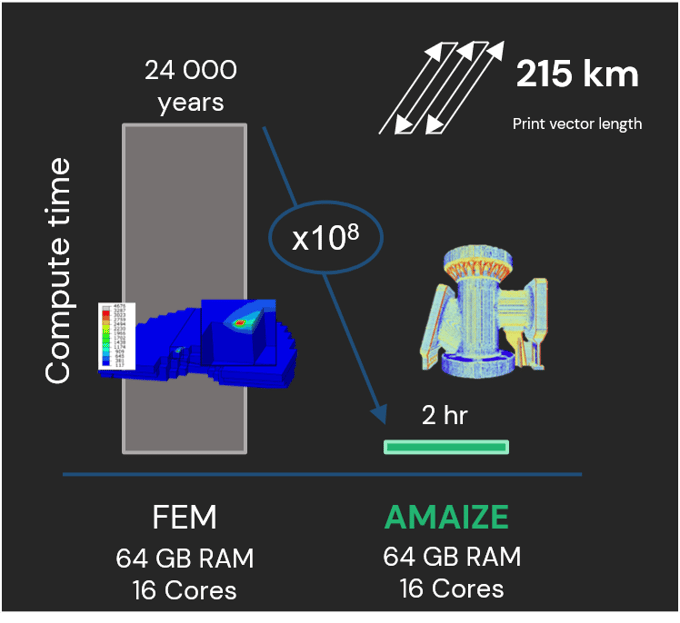In the engineering sector, AI misconceptions are widespread, stemming from both a lack of mathematical understanding and a natural resistance to change. The AI engineering community has spent recent years informing and educating the industry about the impending disruption, which has now arrived. This disruption has been significantly enhanced by the ease of training models using NVIDIA's technology. However, misconceptions can be harmful, and it's crucial to discuss them openly.

Below are a few misconceptions based on recent discussions:
Misconception 1: GPUs for Deterministic Models are the "Breakthrough"
Some believe that the revolution lay solely in using GPUs to solve deterministic models, speeding calculations by 4x compared to CPUs. While this is beneficial, it's not the core of the revolution. The true breakthrough is probabilistic modeling enabled by GPUs, which offers a paradigm shift from incremental computation to compressed information. This leap can increase prediction speeds by over 1000x, which is not just significant, it's transformational.
Misconception 2: Probabilistic Models "Hallucinate" on Physics Data
Contrary to some opinions, probabilistic models built atop physics data do not "hallucinate" as some language models might. These AI models can be rigorously verified and validated for high-end applications, ensuring reliable performance.
Misconception 3: Training AI Models Requires Massive Resources
There's a belief that AI models need extensive time, data, and effort to train. However, one can often start with the available data and progressively engage with the model, making the process more accessible than many assume.
Misconception 4: AI Adoption May Threaten Engineers' Roles
Many engineers fear AI adoption may threaten their jobs, but the reality is starker. If companies don't embrace AI, they risk falling behind in the industry. The technology doesn't just change individual roles; it can determine a company's competitive edge.
To understand the full potential and practical applications of AI in engineering, particularly in computational fluid dynamics (CFD), I highly recommend watching the recent showcase by my colleagues at NAVASTO. They have developed what is arguably the best AI stack for CFD in the industry to date.
Dr. Omar Fergani
CEO and Founder
1000 Kelvin GmbH
